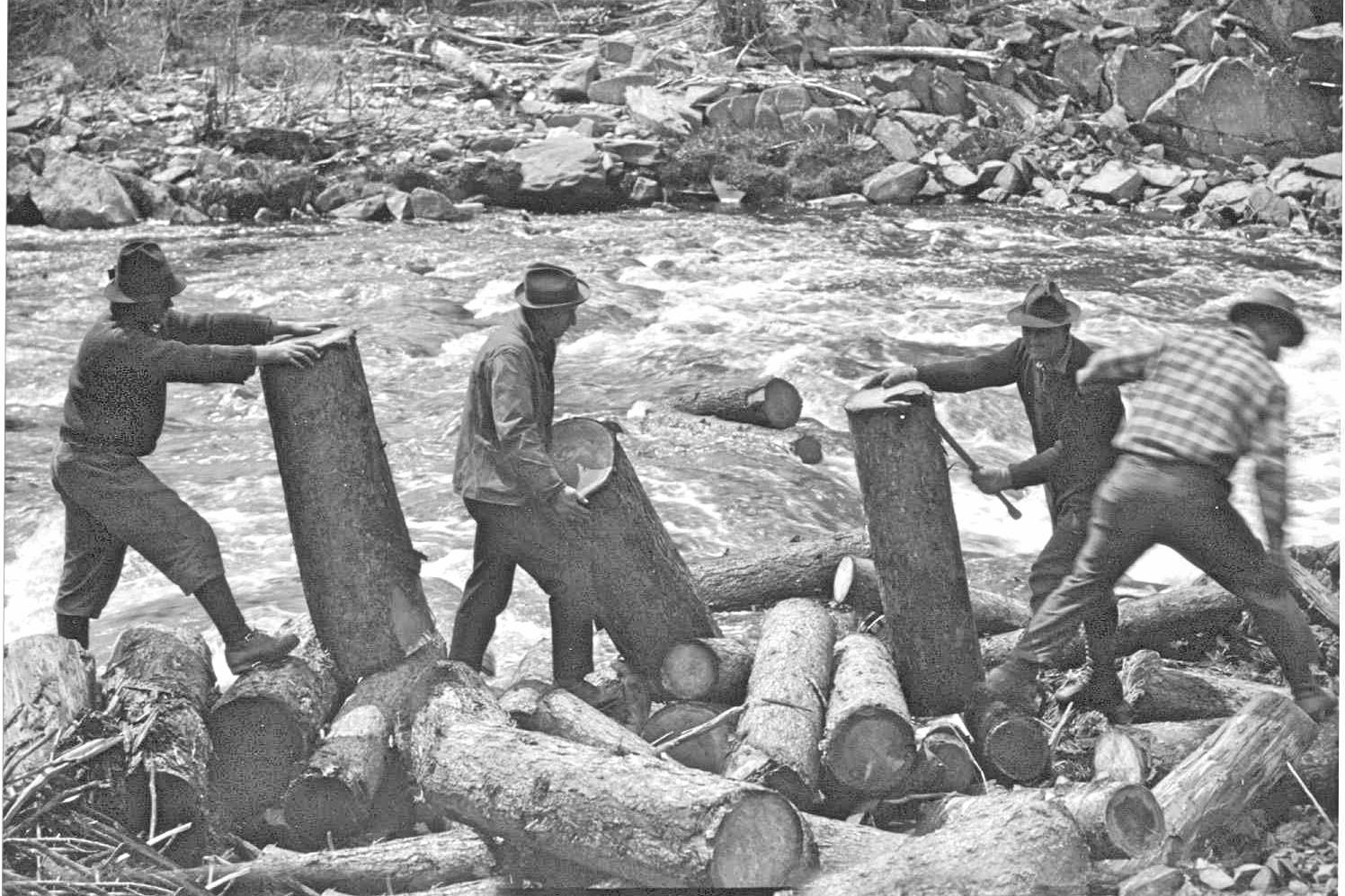Secrets Of Maine’s Logging Boom Towns

Ever wondered what life was like in Maine's logging boom towns? These bustling communities sprang up almost overnight during the 19th century, fueled by the demand for timber. Imagine streets filled with loggers, sawmills running day and night, and rivers jammed with logs floating downstream. These towns were the backbone of Maine's economy, providing jobs and shaping the state's culture. But what happened to them once the trees were gone? Many faded into history, leaving behind ghost towns and fascinating stories. Join us as we delve into the rise and fall of these unique places, uncovering their secrets and legacies.
Secrets of Maine's Logging Boom Towns
Maine's logging boom towns hold a rich history, filled with tales of rugged loggers, bustling sawmills, and the relentless pursuit of timber. These towns, once thriving with activity, now offer a glimpse into a bygone era. Let's explore some of these fascinating places.
1. Greenville
Greenville, located on the southern tip of Moosehead Lake, was a central hub during the logging boom. The town's strategic location made it a prime spot for loggers to transport timber via the lake.
- Moosehead Lake: The largest lake in Maine, it served as a major route for floating logs.
- Katahdin Steamboat: This historic steamboat played a crucial role in towing log booms across the lake.
2. Millinocket
Millinocket, often referred to as the "Magic City," sprang up almost overnight due to the logging industry. The town's rapid growth was fueled by the establishment of the Great Northern Paper Company.
- Great Northern Paper Company: Once one of the largest paper mills in the world, it was the backbone of Millinocket's economy.
- Millinocket Historical Society: Offers exhibits and artifacts that tell the story of the town's logging past.
3. Bangor
Bangor, known as the "Lumber Capital of the World" in the 19th century, was a bustling port where logs were processed and shipped.
- Bangor Waterfront: This area was once lined with sawmills and lumberyards.
- Bangor Historical Society: Provides insights into the city's logging history through various exhibits.
4. Old Town
Old Town, situated on the Penobscot River, was another key player in Maine's logging boom. The river provided an ideal route for transporting logs to mills.
- Penobscot River: Vital for moving logs downstream to mills.
- Old Town Museum: Showcases the town's rich logging heritage.
5. Rumford
Rumford, nestled in the western mountains of Maine, thrived due to its proximity to vast forests and the Androscoggin River.
- Androscoggin River: Essential for log driving and powering mills.
- Rumford Falls: The falls provided the necessary power for the town's paper mills.
6. Skowhegan
Skowhegan, located along the Kennebec River, was a significant logging town with a bustling economy centered around timber.
- Kennebec River: Played a crucial role in transporting logs.
- Skowhegan History House Museum: Offers a deep dive into the town's logging past.
7. Fort Kent
Fort Kent, at the northern tip of Maine, was a vital logging town due to its access to the St. John River and vast forests.
- St. John River: Provided a route for logs to be floated downstream.
- Fort Kent Blockhouse: A historical site that offers insights into the town's early days, including its logging history.
8. Houlton
Houlton, located near the Canadian border, was a key logging town with access to extensive forests and transportation routes.
- Meduxnekeag River: Used for transporting logs to mills.
- Houlton Historical and Art Museum: Displays artifacts and exhibits related to the town's logging industry.
9. Bethel
Bethel, surrounded by the White Mountains, was a bustling logging town with a rich history tied to the timber industry.
- Androscoggin River: Crucial for log driving.
- Bethel Historical Society: Preserves the town's logging heritage through various exhibits.
10. Rangeley
Rangeley, known for its beautiful lakes and forests, was a significant logging town in the 19th century.
- Rangeley Lakes: Provided routes for transporting logs.
- Rangeley Lakes Region Logging Museum: Dedicated to preserving the history of logging in the area.
Maine's Logging Legacy Lives On
Maine's logging boom towns hold a rich history that shaped the state. These towns, once bustling with loggers and sawmills, now offer a glimpse into a bygone era. Exploring places like Bangor, Millinocket, and Greenville reveals stories of hard work, innovation, and community spirit. The remnants of the logging industry, from old equipment to historic buildings, tell tales of a time when timber was king. Visiting these towns provides a unique opportunity to connect with Maine's past while enjoying its natural beauty. Whether you're a history buff or just curious, Maine's logging towns are worth the trip. They remind us of the state's rugged roots and the people who helped build it. So, next time you're in Maine, take a detour to these historic spots and experience a piece of logging history firsthand.

